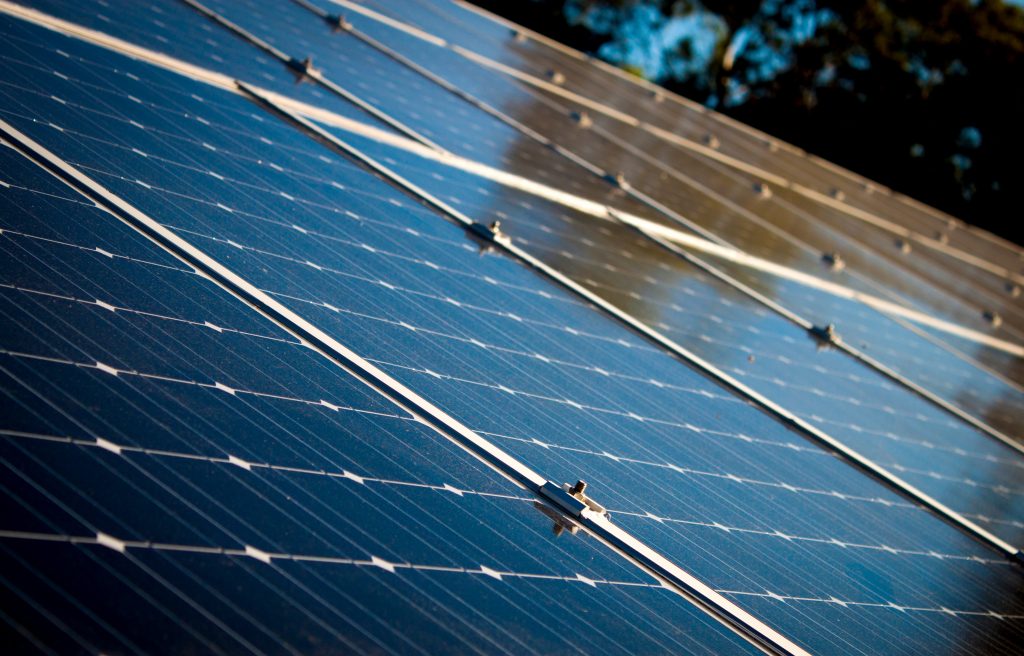You’ve decided to have solar panels installed. Congratulations! But what’s the next step? Let us walk you through the process. We’ll also give you some climate information for new solar panel homeowners.
What is the installation process?
 Engineering visit
Engineering visit
First, you need to arrange an engineering site visit. The engineer will come to your house to make sure that everything is compatible with your new solar panel system. For example, they will make sure the roof is structurally sound. After that, they will check your electrical panel to ensure it can handle the amps from the solar panel. In some cases, you will need to update the electrical panel in your home so that it can optimize all the amps. This is just the engineer visit, not a general site visit. The engineer will check the basic components on the roof, but the main thing they look at is the electrical side of this process. Your installer will come out later to measure the roof for panel sizes and quantity. In addition, they will the type of roof you have along with the pitch angle and areas of the roof that receive shade.
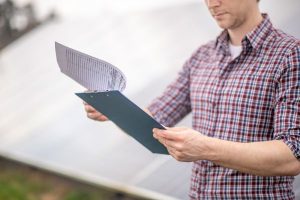 State and local paperwork
State and local paperwork
The second step involves filling out all the paperwork. Every city or town has local permits that need to be filed. Sometimes your installer will do this for you, but make sure to have everything in order before starting the actual installation. One of the most important things you will be doing is applying for state and federal solar incentives like Federal ITC, local solar programs, PACE, which is a clean energy financing initiative, along with government rebates and Solar Renewable Energy Certificates or SRECs. While that sounds like a bunch of jargon, your installer will be more than happy to assist you will all of this, so don’t worry! Permits are the other big thing to make sure to get done in a timely manner. Again, the installer will be able to help you collect all the ones you need and in some cases, will already have them filled out for you.
Equipment selection
The third step is to choose your equipment. Your installer will provide a list of options for you to and probably offer you suggestions. Even so, we recommend that you do some research on the topic yourself. For example, you will definitely want to understand the differences between inverters.
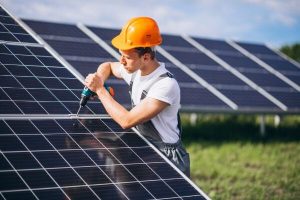 Installation
Installation
The fourth thing to happen is the day of the installation! First, the workers will prep the roof by making sure all your tiles or shingles are secure. Then they set up the wiring that connects to your electrical panel and general power systems. Next, they install the rack. The rack is the only thing physically connected to the roof. After that, they place the panels on the racking and secure them. Finally, they attach the inverters to your panels. The entire process can take from one to three days, depending on if you need a power meter, for net metering, installed.
Inspections
The last step takes place once all the paperwork is complete and the solar panels are installed. A government official and an electric company official will come out and inspect the work. Once they do that and give it the “thumbs up,” they will connect your house to the grid, and you can start using your panels. From the engineer’s visit to installation day, this whole process can take between one and two months.
What is the best climate for Solar Panels?
One of the most important factors to consider when looking into solar panels is CLIMATE.
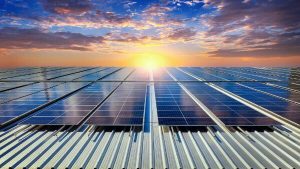 Solar panels and sunlight
Solar panels and sunlight
Proper and beneficial use of solar panels requires consistent sunlight for the panels to work. However, just because solar panels require sunlight to work, doesn’t mean that they can handle the heat that comes along with it in some areas. Solar panels have efficiency limits regarding sunlight intensity. For example, higher temperatures will impede the function of solar panels, and this results in a less efficient solar panel system.
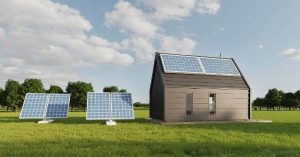 Solar panels and heat
Solar panels and heat
How does heat interfere with the process? As we discussed in our previous post, the normal process of photovoltaic energy production requires sunlight. The sunlight heats up the electrons. As they heat, the electrons begin moving. This movement creates the direct current energy collected by the panels. Direct current energy passes into the inverter and is transformed into usable AC energy.
Bottom line
Too much persistent heat, however, can reduce the amount of energy produced. This happens because the electrons are already “warm” rather than “cold” when the sunlight strikes them, and the result is less energy transfer. So, what is the bottom line with regard to climate? Although industry consensus tells us that solar panels perform best in climates with at least some cooler temperatures on a consistent basis many installers provide specialized power cells with higher heat tolerance. So–bottom line? Keep your climate in mind as you select what’s best for your solar energy solution.
